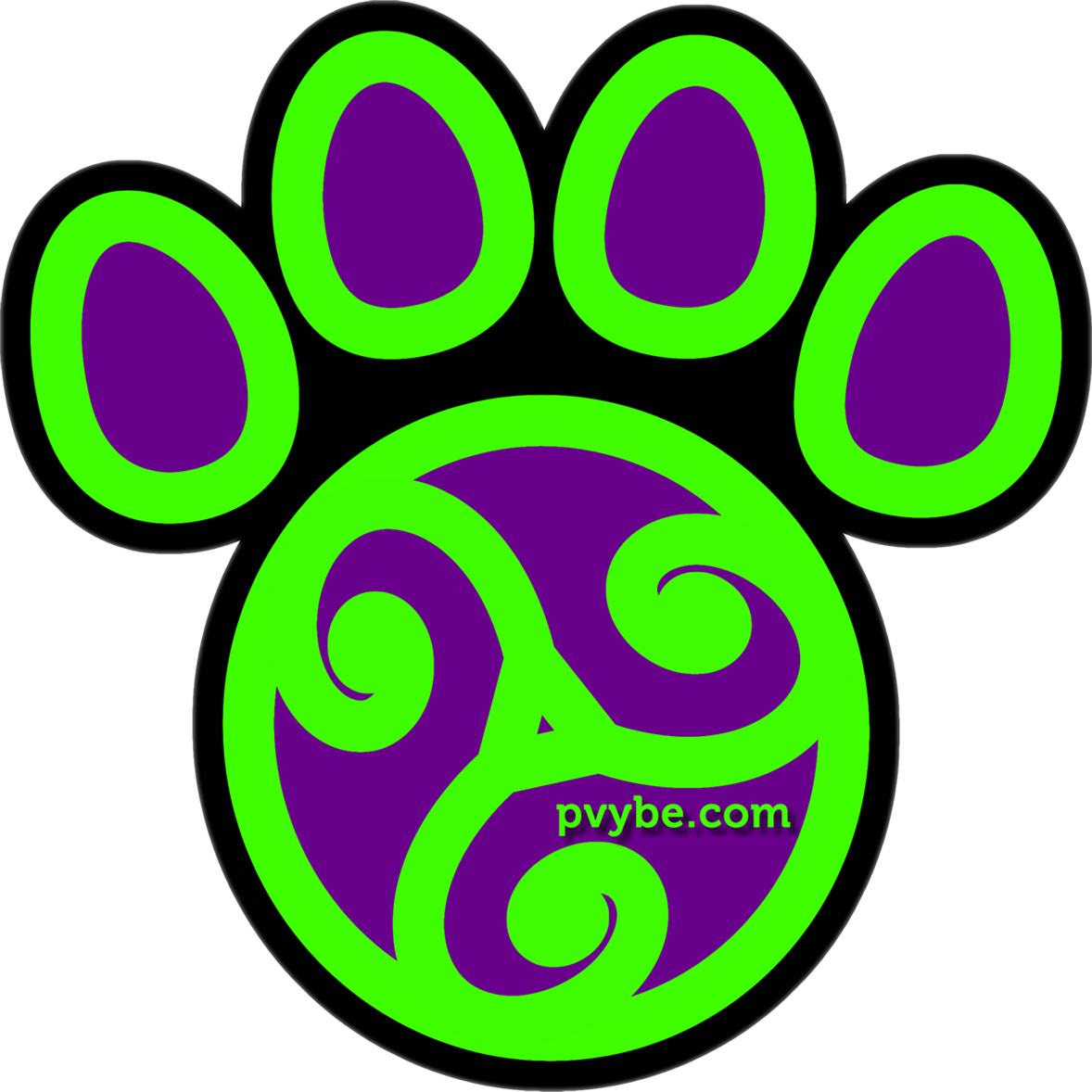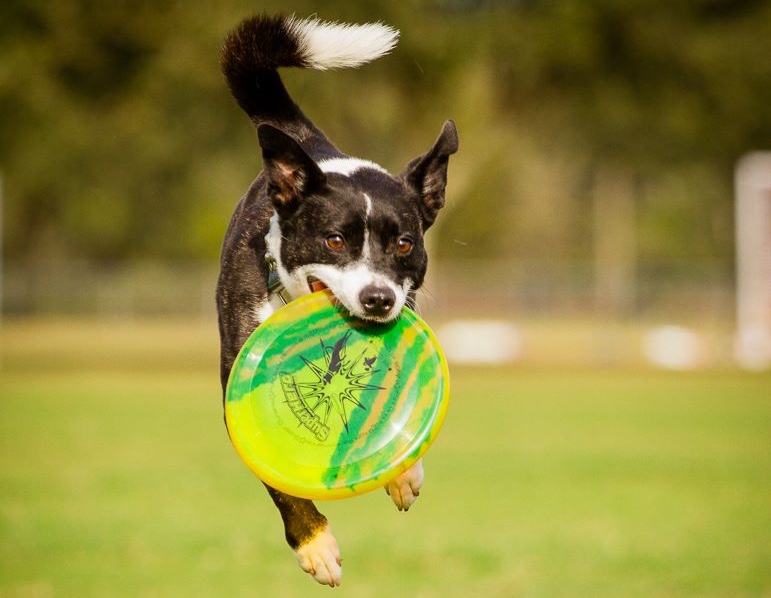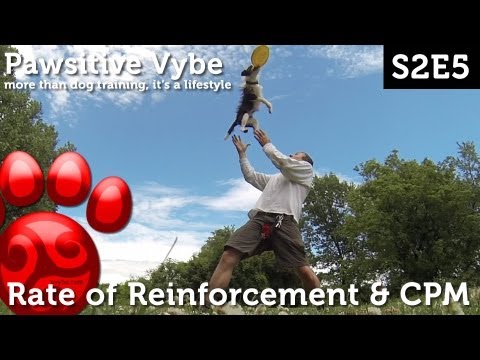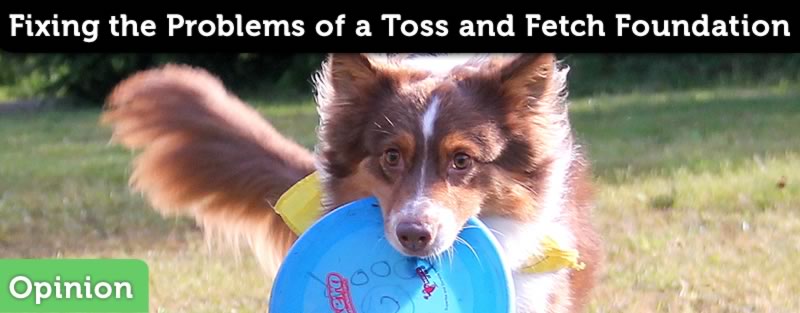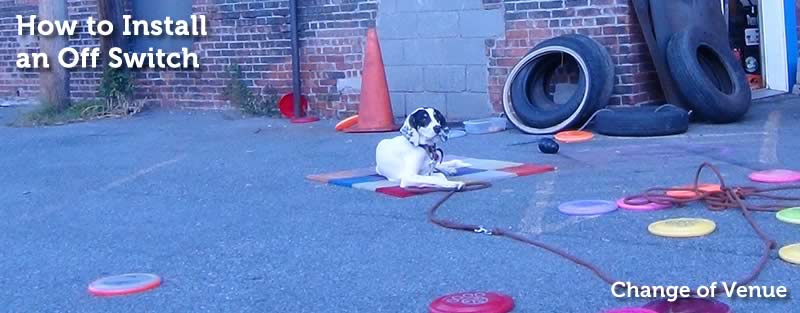
Change of Venue
Generalization Takes Experience
Odds are you have been working in the same area or two with these skills. It’s time to take the multiple dog sessions and move them to a different location. A new location is a distraction in and of itself.
One of the greatest problems with trainers is they believe that when a skill is learned in one environment that it’s going to happen in new environments as well. That is not the case. Dogs need to be taught, given refreshers, and hints when going into a new environment.
Just because the dog sits on the pedestal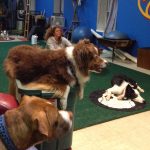 Spot is a “go to a place”, or “go to a mat” behavior. This means that the dog seeks out and performs a duration behavior on a spot of the handler’s choosing. A... More and does his job in the basement, does not necessarily mean that he will do his job in the kitchen, or the back yard. Dog’s don’t generalize well, and they certainly don’t generalize well if you don’t ask them to do so. So you have to make that generalization happen for them.
Spot is a “go to a place”, or “go to a mat” behavior. This means that the dog seeks out and performs a duration behavior on a spot of the handler’s choosing. A... More and does his job in the basement, does not necessarily mean that he will do his job in the kitchen, or the back yard. Dog’s don’t generalize well, and they certainly don’t generalize well if you don’t ask them to do so. So you have to make that generalization happen for them.
Take Preemptive Action
When changing venues, bump up the rate of reinforcement and reduce the criteria to ensure success. Go back through the learning process itself, try to re-trigger the steps of that process real quick. Good trainers are not afraid to go back a step, great trainers are not afraid to go back to foundation.
Expect your dog to fail in every new environment. It empowers you to take appropriate action to ensure that the dog is successful.
What to do?
Move the entire operation to another location. Take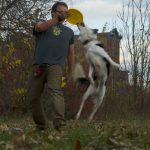 A Take is a cued Bite that replicates the placement and timing of a throw. Usually used with overs, vaults, and flips, the Take is a powerful teaching tool for creating habitual leaping... More the spots and your pedestal and work some place else. Move from the basement to the living room. Or from the living room to the backyard. Perhaps the backyard to a training studio or a friend’s house.
A Take is a cued Bite that replicates the placement and timing of a throw. Usually used with overs, vaults, and flips, the Take is a powerful teaching tool for creating habitual leaping... More the spots and your pedestal and work some place else. Move from the basement to the living room. Or from the living room to the backyard. Perhaps the backyard to a training studio or a friend’s house.
Let us know how you are doing with this skill in comments below.
Good luck!
